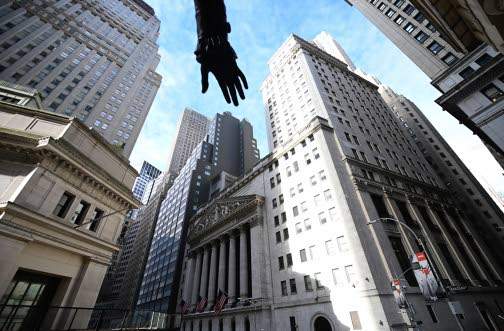Interest rates are one of the main forces affecting bond prices. When interest rates are low, as they are now, bond prices rise. That is great news for people who already hold bonds because it means the market value of their bond has gone up and they would make a capital gain if they decide to sell.
But this isn’t great news if you are looking to buy a bond now, since you are entering the market at a time when bond prices are high. The more you pay for a bond, the lower the yield or return that you will earn on that bond.
To get the returns of the past, investors may gravitate towards riskier asset classes such as stocks and commodities, even if they can’t realistically afford the consequences of bad outcomes.
Many of these investments are not appropriate for investors who, for example, have limited resources, are nearing retirement or are in retirement, because the downside risks are too great. Even dividend-paying stocks come with an uncertain outcome since, unlike bonds, they never mature and are subject to the stock market’s volatility.
So, what should you do?
You can still buy bonds. However, some investors are concerned that after they purchase bonds, interest rates will rise, and their bonds will decline in value.
The truth is that no one really knows when or if interest rates will rise from current levels.
At the end of the day, if you are planning to hold the bond to maturity, and you are buying a fixed-rate bond and interest rates rise or fall after you purchase, it doesn’t matter. That is because the interest payments you receive for the period you hold the bond are known when you purchase the bond (the coupon rate) and remain unchanged whether interest rates go up or down.
As a result, the income stream from your bond remains the same no matter what the price of your bond is today or tomorrow. You know exactly how much income you will earn and when.
The return you get on the bond (yield) is also known at purchase. Therefore, if you are getting yields of 4 per cent to 5 per cent on bonds with fair to good credit ratings and you are comfortable with that yield then go ahead and add some bonds to your portfolio.
Alternatively, if bonds aren’t for you, or a 4 per cent to 5 per cent yield for the next few years doesn’t appeal to you, then stay in short term near cash investments such as a repurchase agreement (“repo”) or repo type investment.
However, the rates on these products are even lower than bonds since they are low-risk and short-term. Therefore, these products really only make sense for very short-term (eg emergency) savings or if interest rates were to spike up quickly in the near future allowing you the opportunity to purchase higher yielding investments.
So, don’t get caught waiting too long!
Toni-Ann Neita-Elliott, CFP is the AVP personal financial planning at Sterling Asset Management. Sterling provides financial advice and instruments in US dollars and other hard currencies to the corporate, individual and institutional investor. Visit our website at www.sterling.com.jm
Feedback: If you wish to have Sterling address your investment questions in upcoming articles, e-mail us at: info@sterlingasset.net.jm
http://www.jamaicaobserver.com/sunday-finance/investing-in-a-low-interest-rate-environment_181054




Leave A Comment